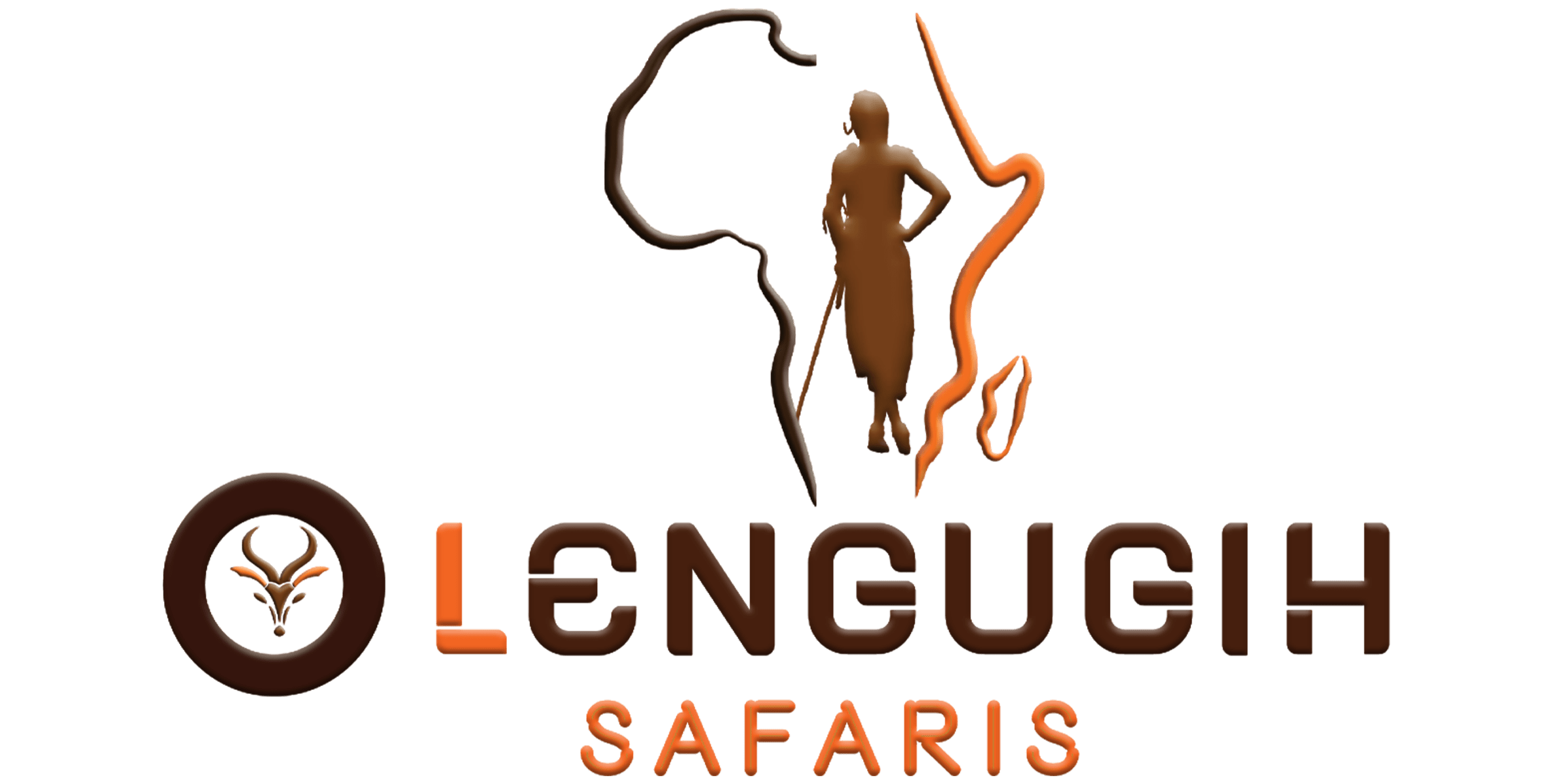When you think of African safaris, majestic lions, towering elephants, and graceful leopards probably come to mind. But what about the animals that didn’t make it to the Big Five list? Welcome to the world of the Ugly Five of Kenya, a group of creatures often overlooked due to their less-than-glamorous looks. But here’s the twist—they are some of the most essential animals in the ecosystem!
Who Are the Ugly Five of Kenya?
The Ugly Five includes the warthog, wildebeest, hyena, marabou stork, and vulture. While they may not win any beauty contests, these animals play a crucial role in maintaining balance in the wild. Let’s meet them one by one.
1. The Warthog – The Wild Pig with a Face Only a Mother Could Love
Why It’s Considered Ugly:
With its oversized head, warty face, and tusks sticking out at odd angles, the warthog is not the most photogenic animal on safari.
Fun Fact:
Despite its looks, the warthog is surprisingly fast, reaching speeds of up to 55 km/h when escaping predators.
Cultural Beliefs & Myths:
In some African folklore, the warthog symbolizes resilience and survival due to its ability to adapt to tough conditions.
Ecosystem Importance:
Warthogs are nature’s lawnmowers, feeding on grass and keeping the savannah neatly trimmed.
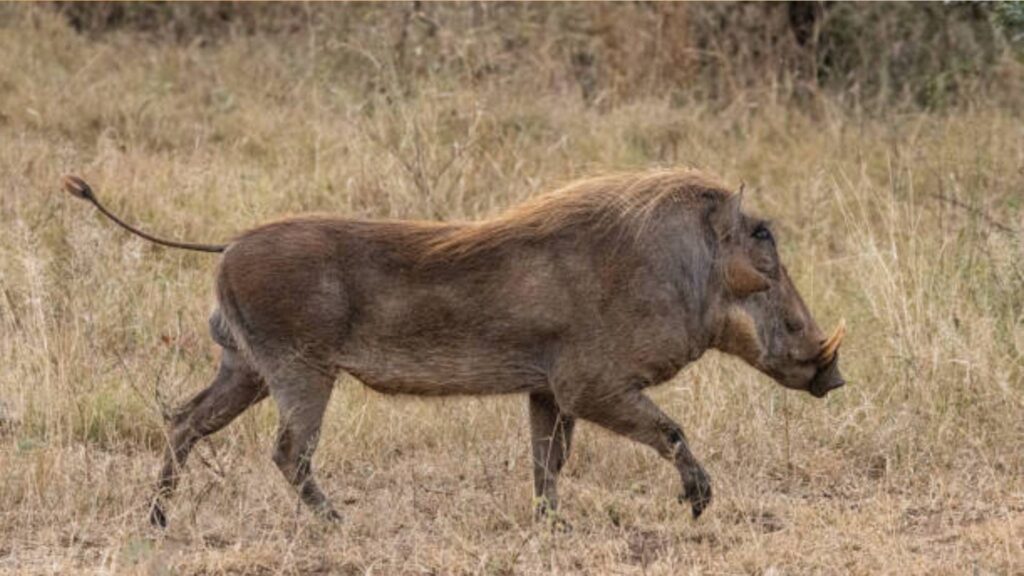
2. The Wildebeest – The Animal That Looks Like a Puzzle Gone Wrong
Why It’s Considered Ugly:
Imagine a creature built from spare animal parts—an antelope’s body, a horse’s tail, and a buffalo’s head. That’s the wildebeest! one of the ugly five of Kenya
Fun Fact:
Wildebeests are responsible for one of the world’s greatest wildlife spectacles—the Great Migration, where over 1.5 million of them move across Kenya and Tanzania.
Cultural Beliefs & Myths:
Some African ethnic group believe that wildebeests symbolize perseverance due to their relentless migrations.
Ecosystem Importance:
Their migration helps fertilize the land, ensuring a healthy balance of grassland growth for other herbivores.
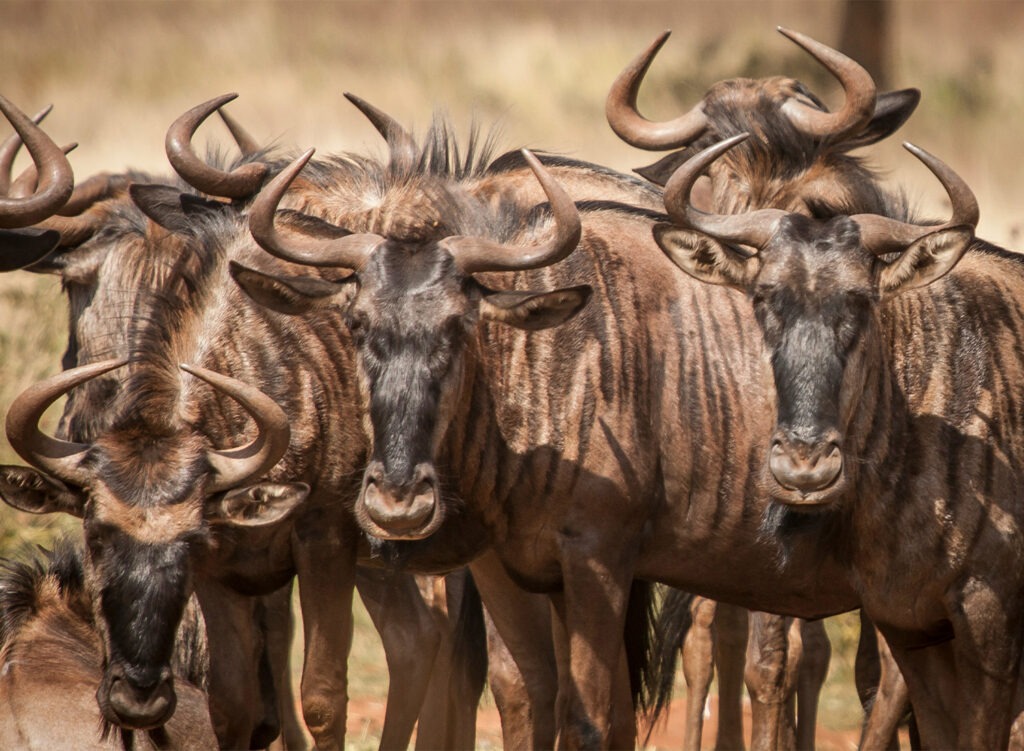
3. The Hyena – The Laughing Villain of the Savannah
Why It’s Considered one of the ugly five:
With its sloping back, spotted coat, and eerie cackle, the hyena is often portrayed as a villain in stories and movies.
Fun Fact:
Hyenas have one of the strongest bite forces in the animal kingdom, capable of crushing bones!
Cultural Beliefs & Myths:
Some African legends associate hyenas with witchcraft, believing they are messengers of bad omens.
Ecosystem Importance:
Hyenas are nature’s clean-up crew, preventing the spread of disease by consuming carrion.
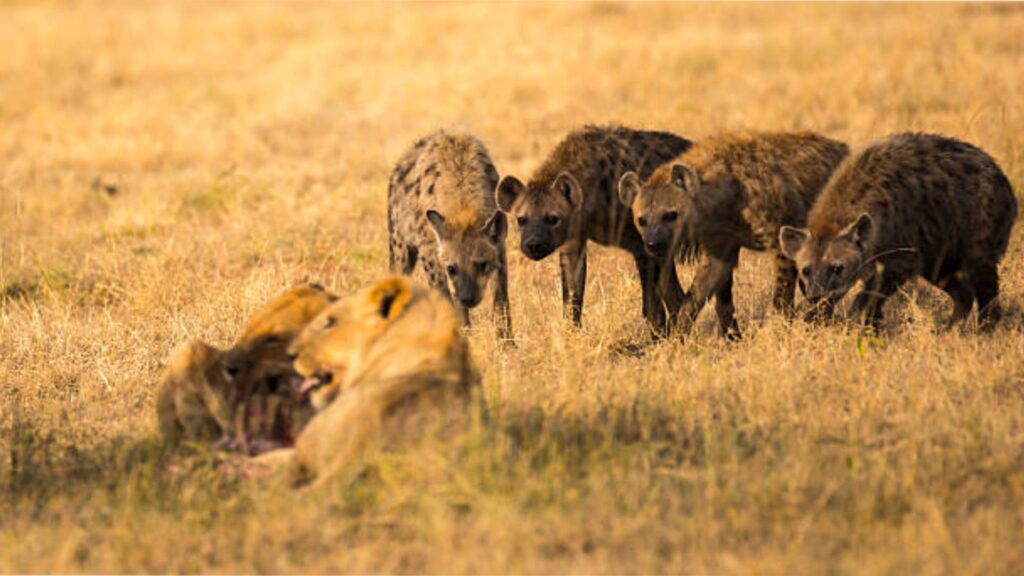
4. The Marabou Stork – The Undertaker of the Wild
Why It’s Considered Ugly:
With its bald head, hunched posture, and beady eyes, the marabou stork looks like it belongs in a horror movie.
Fun Fact:
Its wing span can reach up to 3.7 meters, making it one of the largest flying birds in the world.
Cultural Beliefs & Myths:
Some local myths claim that the marabou stork brings misfortune, possibly due to its habit of hanging around carcasses.
Ecosystem Importance:
Marabou storks help keep the environment clean by feeding on animal remains and waste.
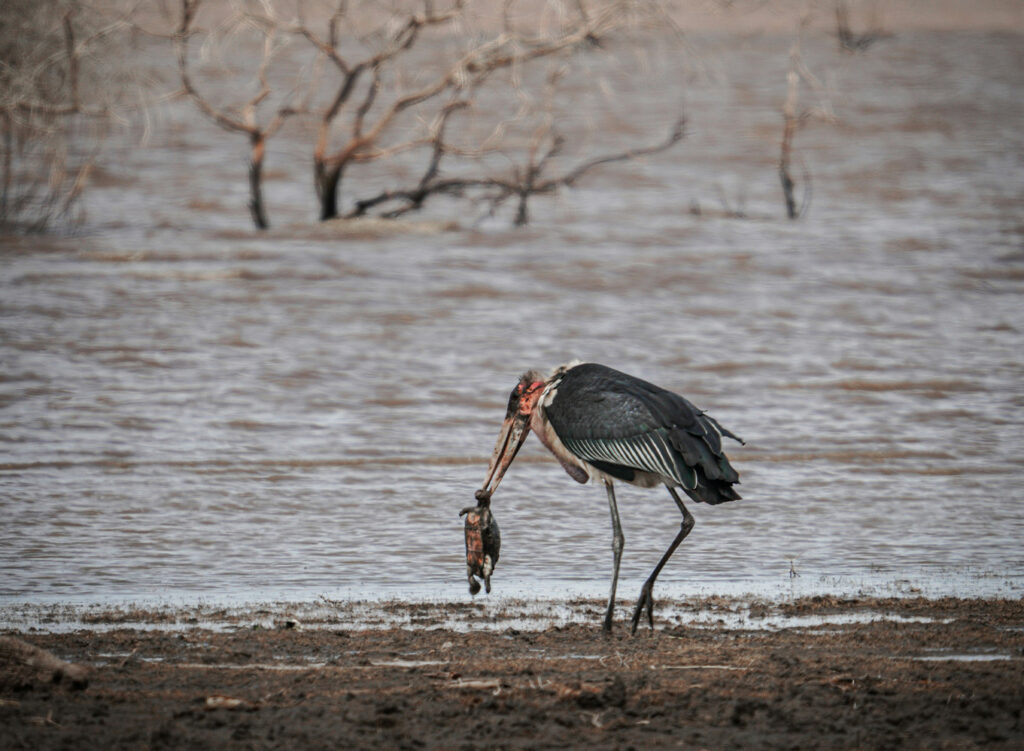
5. The Vulture – The Feathered Garbage Disposal
Why It’s Considered Ugly:
With its wrinkled bald head, beady eyes, and hunched stance, the vulture doesn’t fit most people’s idea of a beautiful bird thus considered as one of the ugly five of Kenya
Fun Fact:
Vultures can eat rotting meat without getting sick thanks to their highly acidic stomachs.
Cultural Beliefs & Myths:
Many African cultures view vultures as symbols of death, but some also see them as protectors who clear away the old to make way for the new.
Ecosystem Importance:
By devouring dead animals, vultures prevent the spread of diseases, acting as nature’s waste management system.
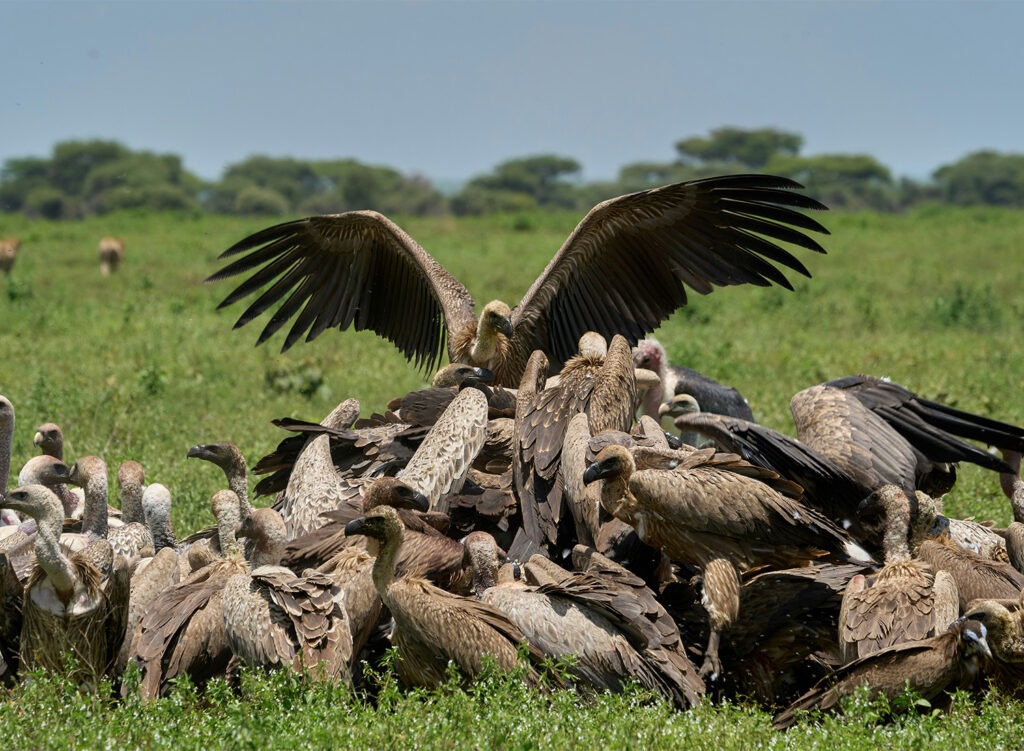
Why the Ugly Five of Kenya Deserve Respect
While they may not be as photogenic as lions or cheetahs, the Ugly Five of Kenya are essential to the balance of nature. From keeping the landscape clean to supporting other wildlife through their roles in the food chain, these animals prove that beauty is more than skin deep.
What Do You Think about the ugly five of Kenya
Do you agree with the title Ugly Five, or do you think these animals are beautiful in their own way? Which one is your favorite?
